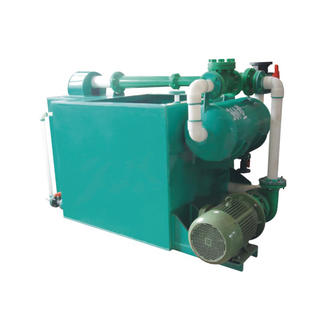Plastic bottom valves are meticulously engineered with precise internal components to ensure optimal flow rate and pressure control. The valve's seat, stem, and seal are designed with tight tolerances to minimize leakage and ensure smooth fluid movement. These components work synergistically to reduce turbulence and prevent flow fluctuations. The well-defined geometry of the flow path, featuring smooth transitions, ensures that the fluid passes through without causing resistance or irregularities in flow, which is essential for applications requiring stable and predictable performance. As a result, these valves can operate under a range of pressures and flow conditions without compromising consistency or performance.
The seals within plastic bottom valves are designed to withstand various operational stresses and environmental conditions, including changes in temperature, pressure, and the corrosive effects of different fluids. These high-quality seals maintain their integrity over time, preventing leaks that could cause pressure drops or flow inconsistencies. The effectiveness of the sealing mechanism is crucial for maintaining a steady flow and ensuring that the valve can perform consistently throughout its operational life. The materials used for seals, such as elastomers or PTFE, are carefully selected for their resilience, flexibility, and compatibility with the fluids being controlled, further enhancing the valve's ability to prevent leakage and maintain pressure regulation.
Many plastic bottom valves are equipped with integrated flow restriction mechanisms, which allow users to precisely control the flow rate of fluids through the valve. These mechanisms can include throttling devices, adjustable flow orifices, or precision-molded valve seats designed to regulate fluid volume. By restricting or modulating the flow, the valve ensures that the desired flow rate is maintained, even in the presence of pressure fluctuations. This is particularly important in systems where accurate fluid distribution is critical, such as in metering applications or sensitive fluid processing operations. The ability to fine-tune the flow rate further ensures that the valve can handle varying system conditions while still delivering consistent performance.
Pressure compensation is a key feature in plastic bottom valves, enabling them to adjust automatically to pressure fluctuations in the system and maintain a consistent flow rate. This feature is especially important in applications where input pressure is variable or unpredictable. Through pressure compensation mechanisms, such as spring-loaded or diaphragm-based systems, the valve is able to respond to changes in pressure by adjusting its opening. This real-time adjustment ensures that the flow rate remains constant, regardless of external pressure variations, making the valve suitable for dynamic environments where consistent flow is essential for system stability and operational efficiency.
Plastic bottom valves are made from corrosion-resistant materials such as PVC, CPVC, or engineered thermoplastics. These materials are ideal for preventing wear and tear caused by prolonged exposure to aggressive chemicals, high-pressure conditions, or extreme environmental factors. Unlike metals, which can corrode or rust over time, these plastics maintain their structural integrity and performance, even in harsh conditions. The non-reactive nature of these materials ensures that the valve components remain stable and unaffected by the fluids being transported, ensuring that the valve continues to function reliably. The robustness of the plastic material contributes to the valve's long lifespan, minimizing the need for frequent replacements and repairs.

 英语
英语 西班牙语
西班牙语 阿拉伯语
阿拉伯语 简体中文
简体中文











